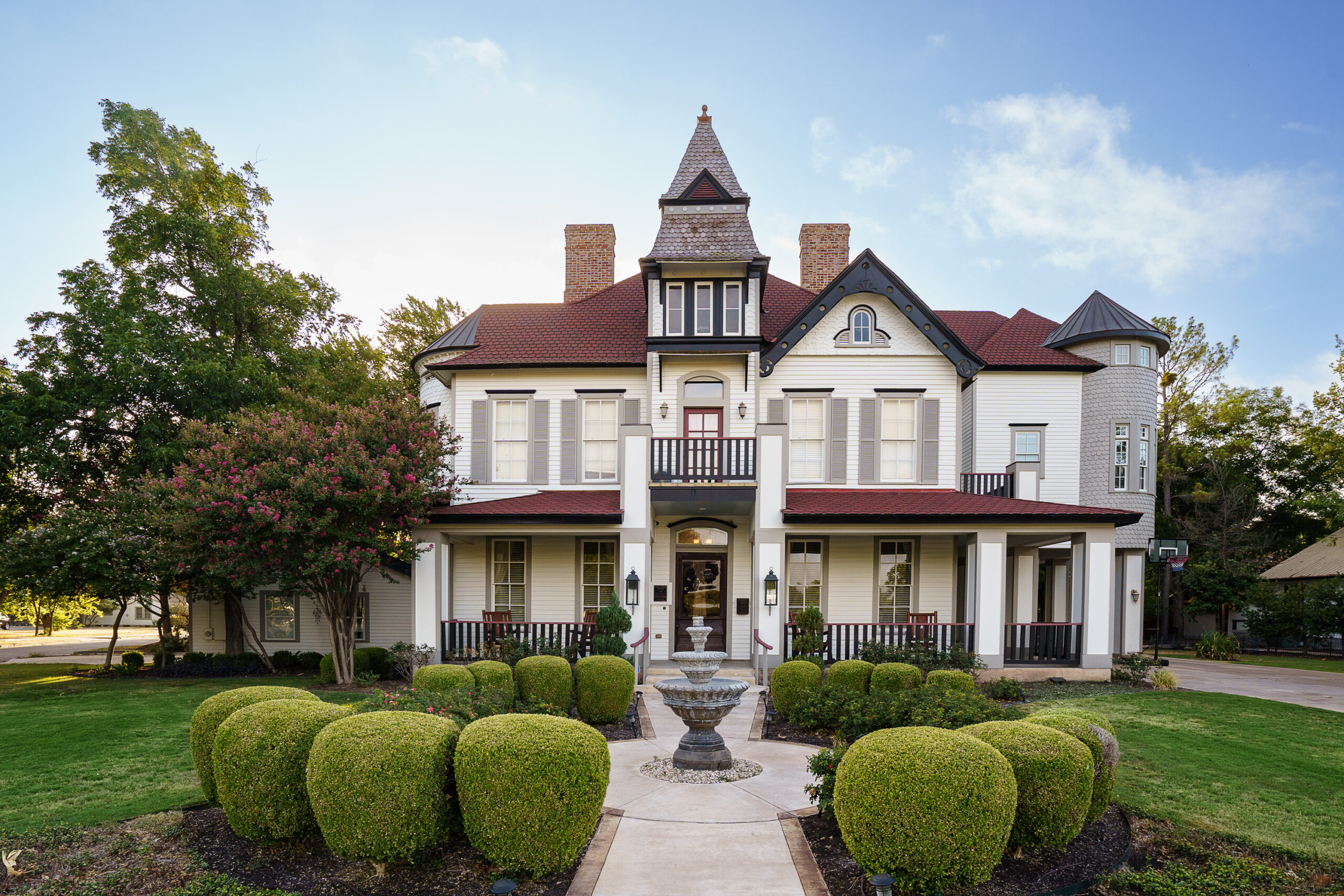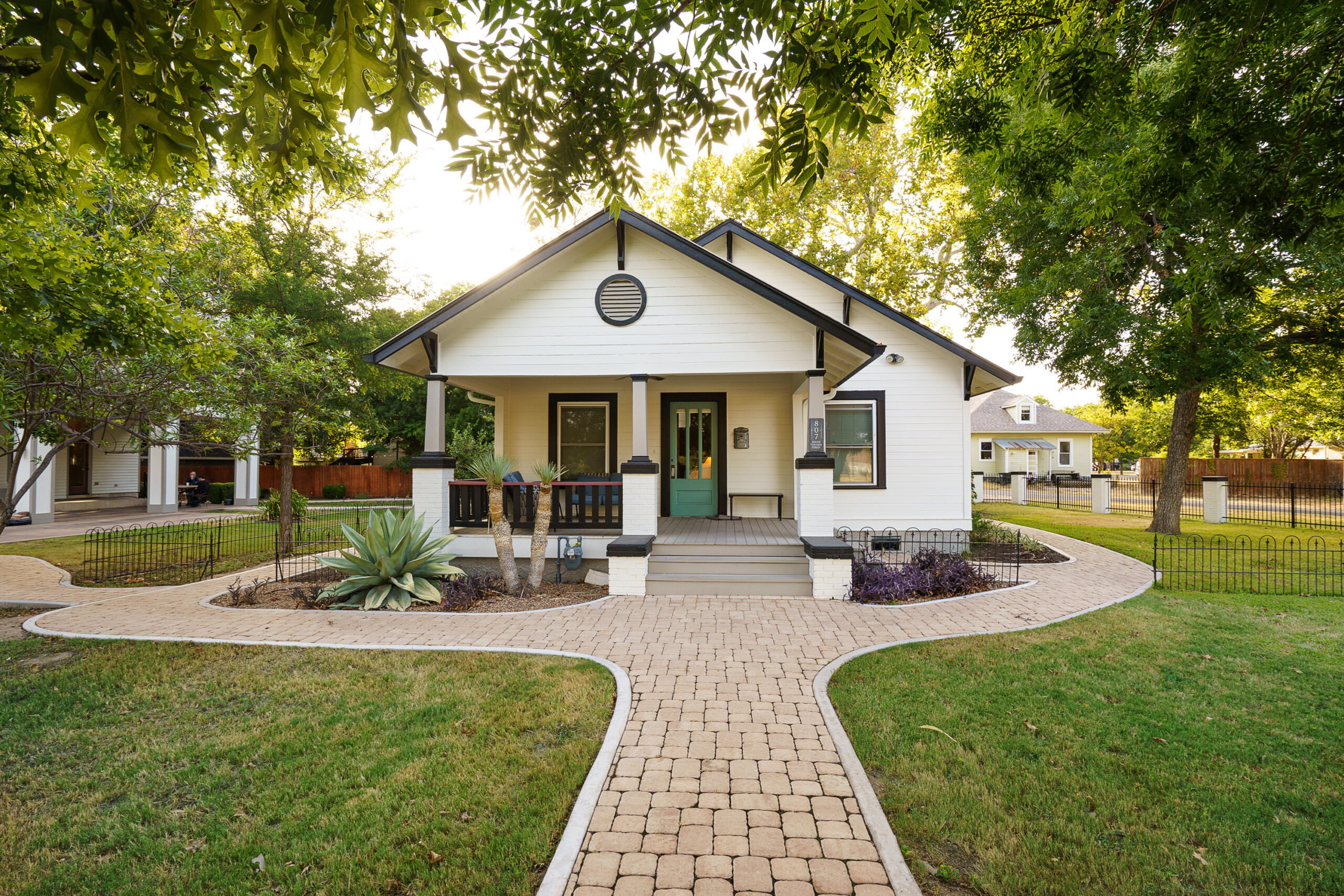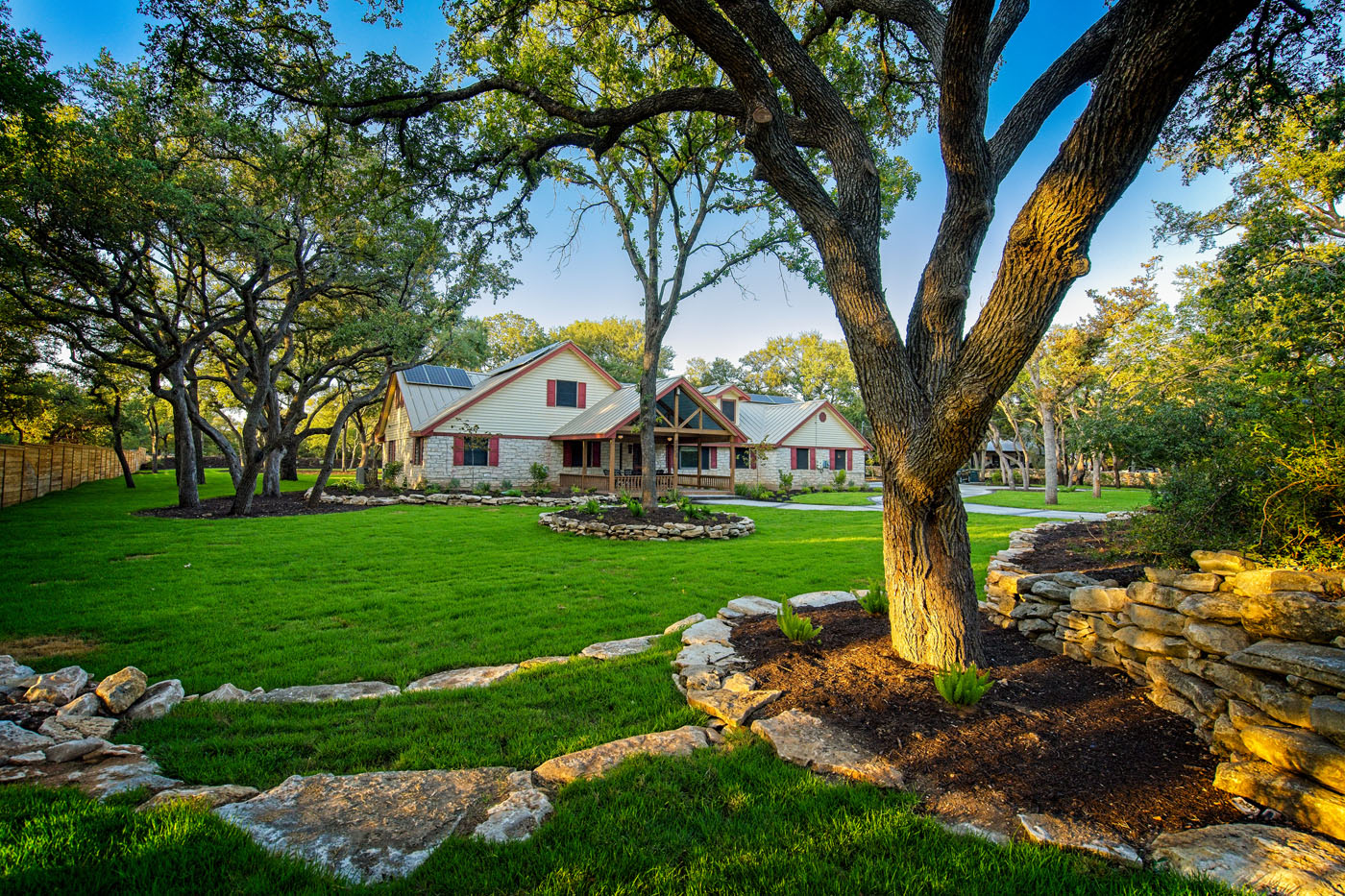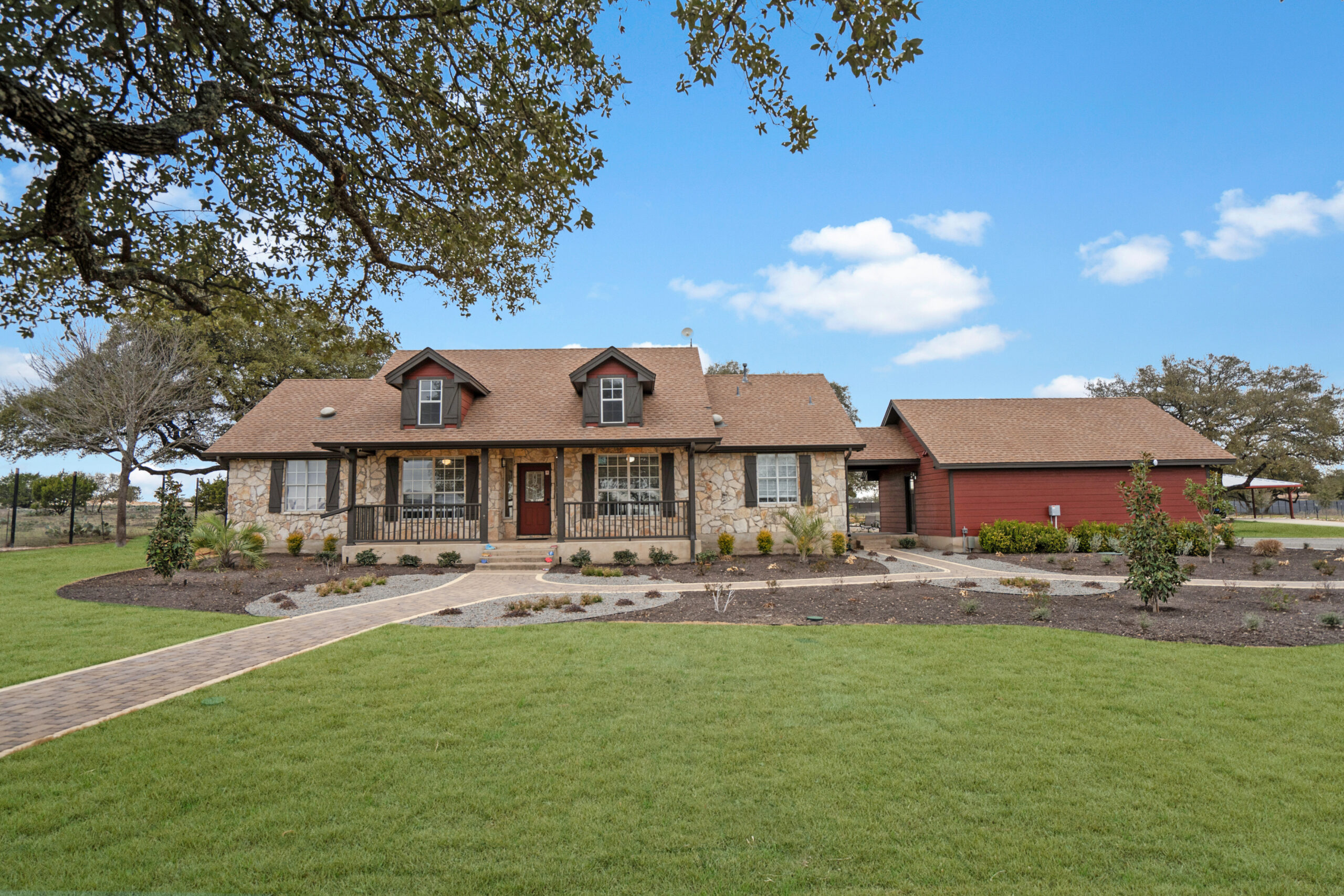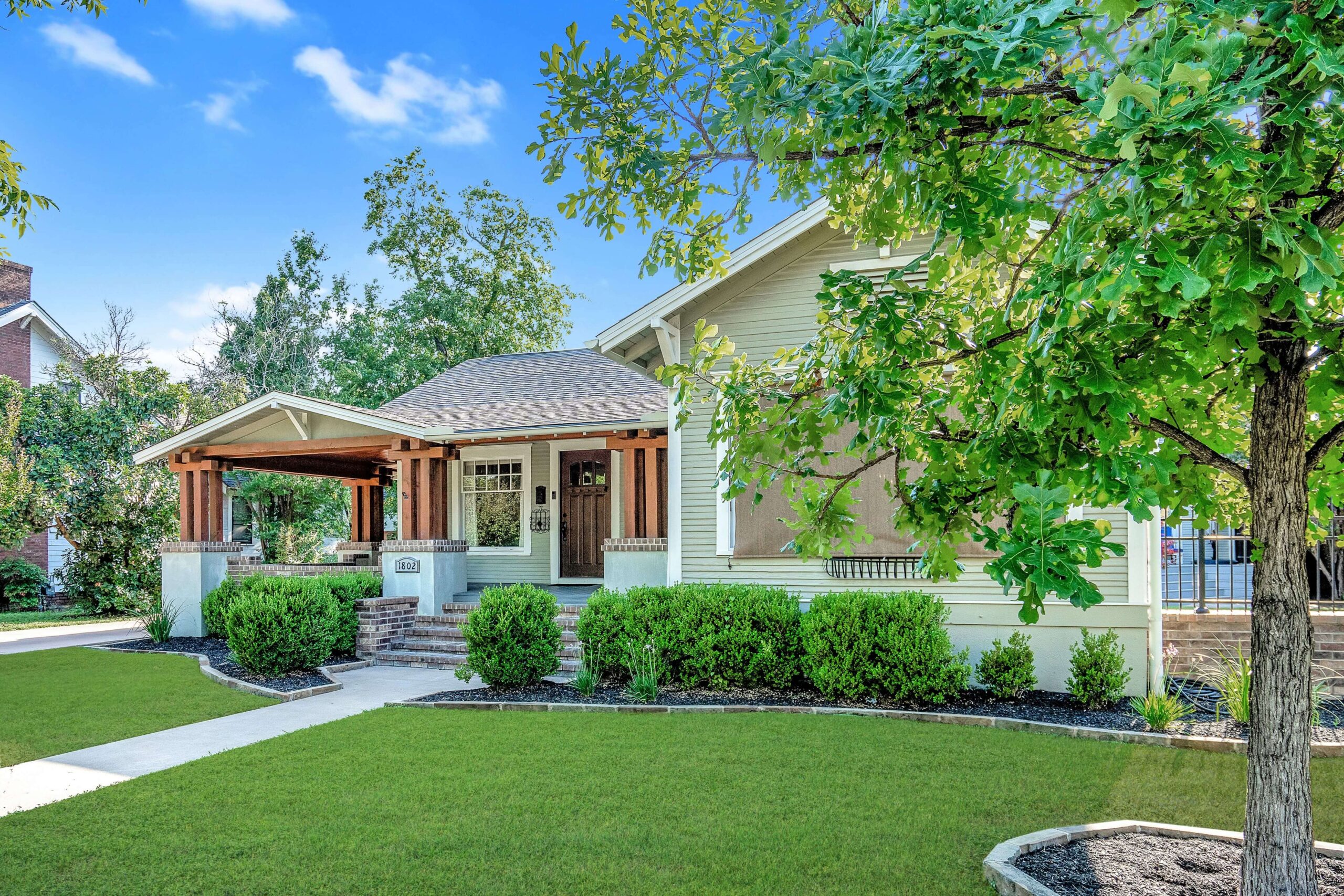What are schizophrenia long-term care facilities, and how do they differ from traditional care options?
Schizophrenia long-term care facilities are specialized environments designed to provide comprehensive and sustained support for individuals living with schizophrenia. Unlike traditional care options that might offer short-term solutions or outpatient services, these facilities focus on a holistic, ongoing approach to treatment. They integrate medical care, therapeutic interventions, and daily living assistance to improve the residents’ quality of life. For instance, at places like Alta Loma, residents benefit from structured environments that offer emotional and psychological stability, essential for managing schizophrenia effectively over the long haul. This tailored approach ensures that care is not just about addressing symptoms but also about fostering personal growth and community integration.
What should one consider when deciding on long-term care for schizophrenia?
Deciding on long-term care for someone with schizophrenia involves several considerations. First, assess the individual’s current ability to manage daily tasks independently. Frequent hospitalizations, or a lack of response to outpatient treatments, might indicate the need for more structured care. It’s also important to weigh the safety concerns, particularly if unpredictable behaviors pose a risk at home. Facilities like Alta Loma provide a stable environment where early intervention can prevent further deterioration. When making this decision, consider the quality of staff, treatment programs available, and proximity to family to ensure regular visits and emotional support. Remember, the goal is not just to manage symptoms but to enhance the overall well-being and integration of your loved one into society.
How to choose the right long-term care facility for someone with schizophrenia?
Choosing the right long-term care facility involves a few key steps. Start by evaluating the staff-to-resident ratio and the qualifications of the professionals, as facilities with experienced staff can better address the complex needs of schizophrenia. Tour the facility to assess its environment, ensuring it’s safe and comfortable. Review the treatment programs to ensure they offer diverse therapies that cater to different stages of schizophrenia. Location is also crucial; being close to family can facilitate regular visits, providing emotional support that enhances recovery. Additionally, understand the financial options, such as insurance coverage and financial assistance, to ensure the service is sustainable in the long term. This process might seem overwhelming, but remember each step is vital in ensuring the best care for your loved one.
What are the benefits of structured care environments for individuals with schizophrenia?
Structured care environments offer numerous benefits for individuals with schizophrenia. These environments provide consistent routines that help mitigate symptoms and promote stability. Regular interaction with healthcare professionals ensures that medication regimens are monitored and adjusted as needed, which is crucial for effective management of the condition. Moreover, structured settings prevent isolation by fostering social opportunities, thus creating a sense of community and belonging. Residents often gain new skills and confidence, leading to a more fulfilling life. At Alta Loma, for example, the structured environment supports residents’ emotional and psychological stability, which is critical for their long-term recovery and integration into society.
What are some common misconceptions about schizophrenia long-term care facilities?
One common misconception about schizophrenia long-term care facilities is that they are merely places to ‘store’ individuals who cannot manage on their own, which isn’t the case. These facilities are, in fact, dedicated to providing personalized, compassionate care aimed at improving residents’ quality of life. Another myth is that such facilities isolate residents from their families. In reality, places like Alta Loma encourage family involvement as part of the support system, recognizing its importance in recovery. There is also often a mistaken belief that long-term care is not adaptable to individual needs. However, most programs are highly personalized, with treatment plans tailored to each resident’s unique journey. Addressing these misconceptions can help families make informed decisions about care options.
How can family members support a loved one in long-term care for schizophrenia?
Family members play a crucial role in the support network for individuals in long-term care. Regular visits help maintain strong personal connections and provide emotional support, which is invaluable for recovery. Engaging with the care staff can also be beneficial, ensuring that the treatment aligns with the loved one’s needs and progress. Understanding the treatment plan and activities can help family members offer consistent reinforcement of the skills and therapies being employed. Additionally, family education about schizophrenia can improve empathy and communication, fostering a more supportive environment. Encouraging participation in facility activities can also enhance the loved one’s social integration and personal development. Remember, your involvement can significantly impact their journey toward stability and well-being.
What are some advanced insights into schizophrenia long-term care that might not be widely discussed?
An advanced insight into schizophrenia long-term care is the growing emphasis on integrating digital mental health tools with traditional therapies. For example, some facilities are using mobile apps to track symptoms and medication adherence, providing real-time data that can be used to adjust treatment plans proactively. Additionally, recent studies suggest that incorporating mindfulness and holistic therapies such as yoga or meditation can complement traditional approaches, enhancing overall well-being and symptom management. Facilities like Alta Loma are exploring these integrations to offer more comprehensive care. These insights reflect a broader trend in healthcare towards personalized and technology-enhanced care, offering new avenues for improving the quality of life for individuals with schizophrenia.

